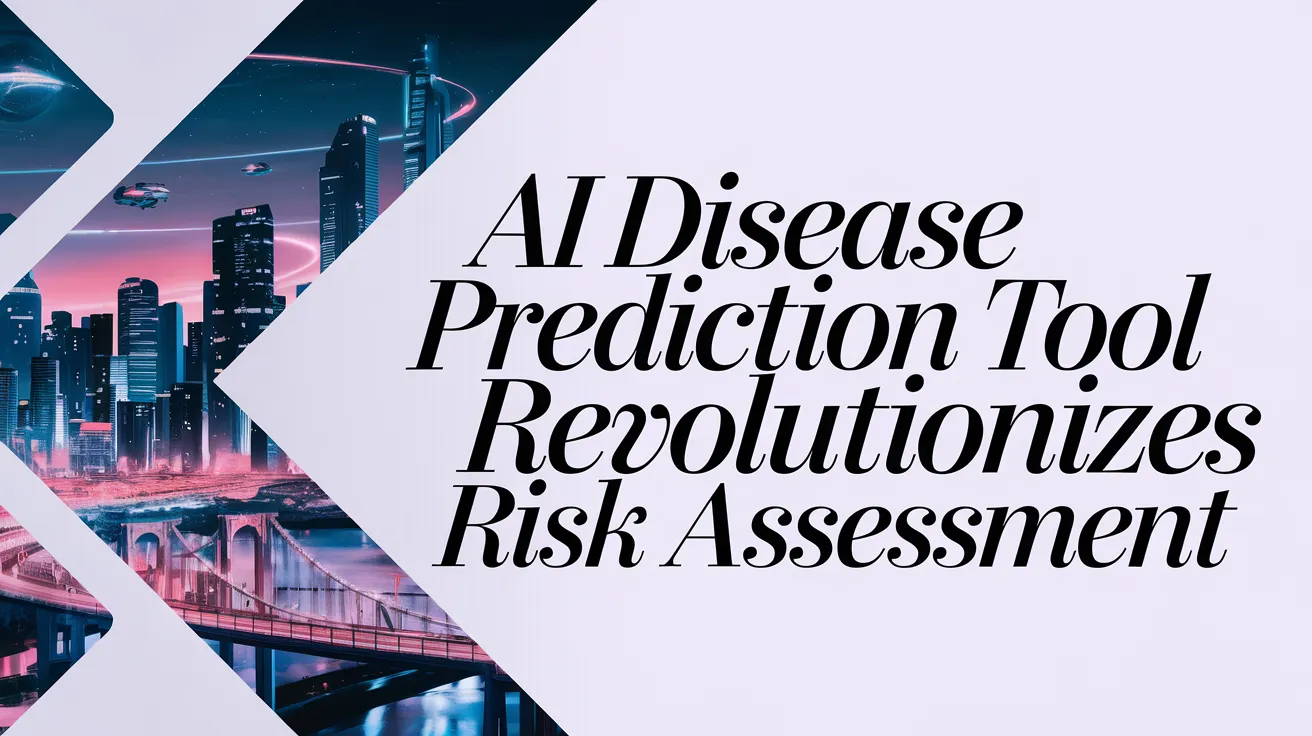AI Disease Prediction Tool Revolutionizes Risk Assessment

A new artificial intelligence (AI) tool, known as Delphi-2M, is capable of forecasting a person’s risk of developing more than 1,000 diseases, potentially providing predictions many years into the future. This groundbreaking model uses a combination of health records and lifestyle factors to estimate the likelihood of diseases such as cancer, skin ailments, and immune disorders emerging up to 20 years ahead.
The research behind Delphi-2M, published in Nature, indicates that its multi-disease modeling could help healthcare professionals identify high-risk individuals, allowing for earlier preventive measures. Stefan Feuerriegel, a computer scientist at Ludwig Maximilian University of Munich, emphasizes the model’s remarkable ability to generate comprehensive health trajectories.
While researchers have previously created AI-based tools capable of predicting the risks for specific conditions like certain cancers or cardiovascular diseases, most existing models address only one disease. Moritz Gerstung, a data scientist at the German Cancer Research Center, notes that a professional would typically have to consult multiple models to gain a full understanding of a patient’s health risks.
To improve this process, Gerstung and his team adapted a generative pre-trained transformer (GPT), which forms the basis of AI chatbots like ChatGPT. Their modified version of the LLM now forecasts the likelihood of developing 1,258 diseases by analyzing extensive medical history, age, sex, body mass index, and habits such as tobacco and alcohol use. The model was trained on data from 400,000 participants in the UK Biobank, a long-term biomedical monitoring study.
Delphi-2M has demonstrated impressive accuracy, often surpassing existing models that focus on the risk of a single illness. It particularly excels in predicting conditions known to follow distinct patterns, such as specific cancers, making it a powerful tool for long-term health management.
Furthermore, the researchers validated Delphi-2M using health data from 1.9 million individuals in the Danish National Patient Registry. They found only minimal discrepancies in prediction accuracy compared to the UK Biobank, suggesting that the model’s utility extends across various national health datasets.
Despite its promising capabilities, Delphi-2M comes with limitations. For instance, the UK Biobank’s data primarily captures initial disease occurrences, which may overlook subsequent encounters that could significantly influence health trajectories. Degui Zhi, a bioinformatics researcher at the University of Texas Health Science Center, points out that comprehensive health histories are crucial for accurate modeling.
The research team plans to assess the model’s performance on international datasets to enhance its predictive abilities. Gerstung highlights the importance of combining this data to formulate even more precise algorithms in the future.
Overall, Delphi-2M emerges as an intriguing innovation in the AI-driven landscape of health risk modeling, potentially reshaping how medical professionals approach disease prevention and patient care.